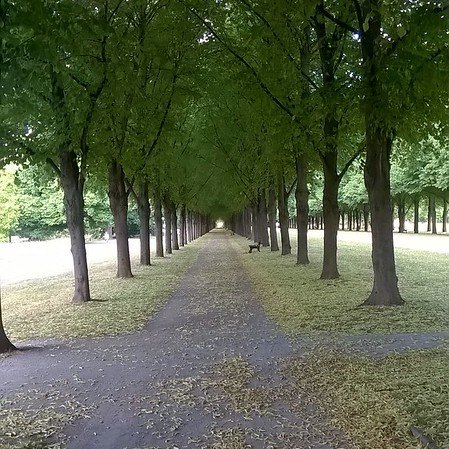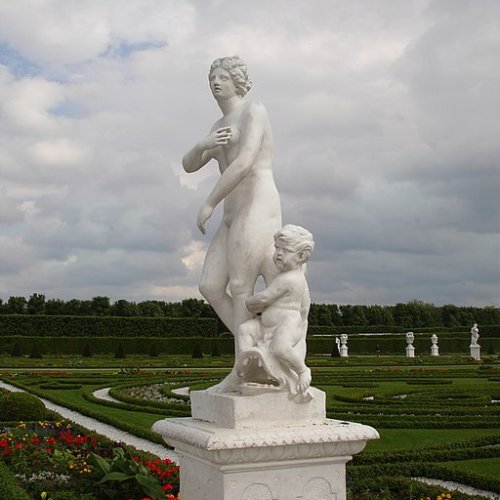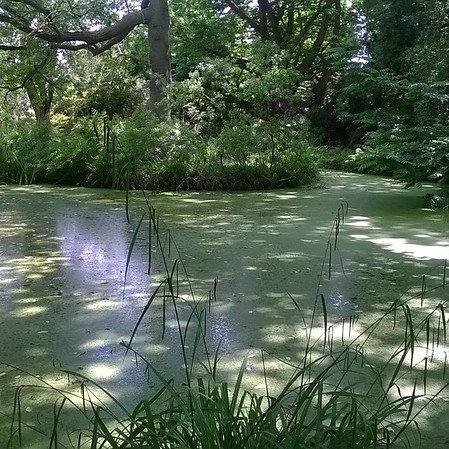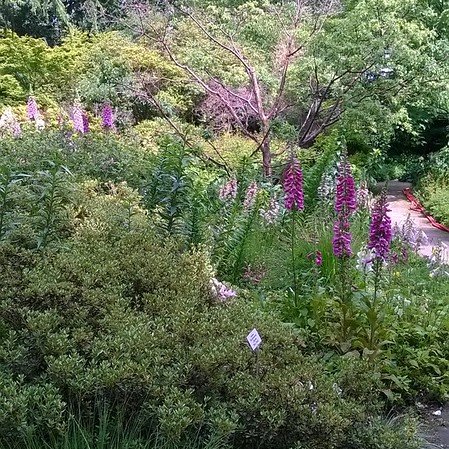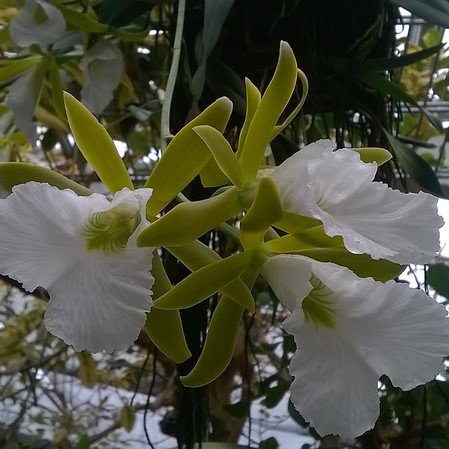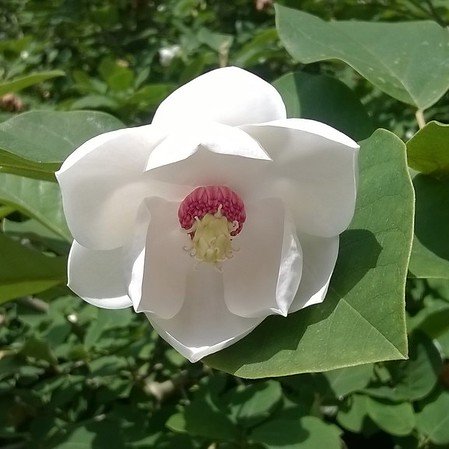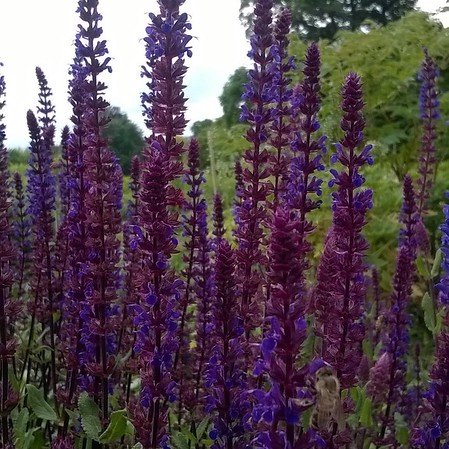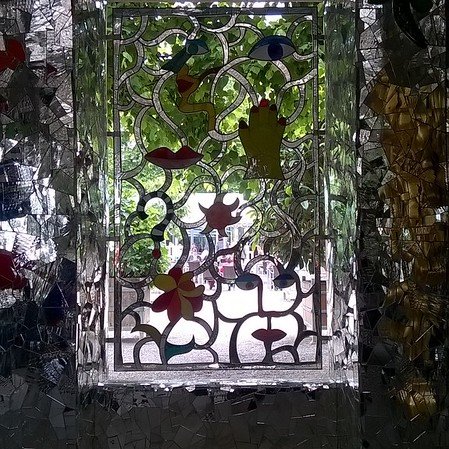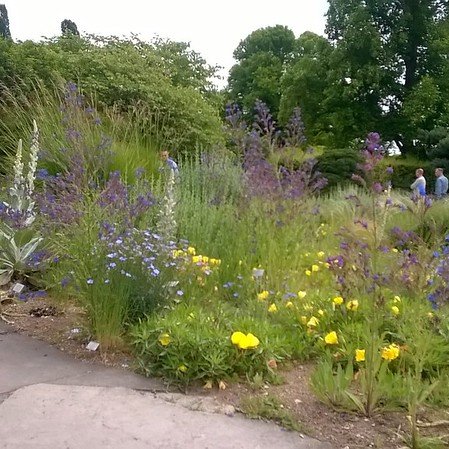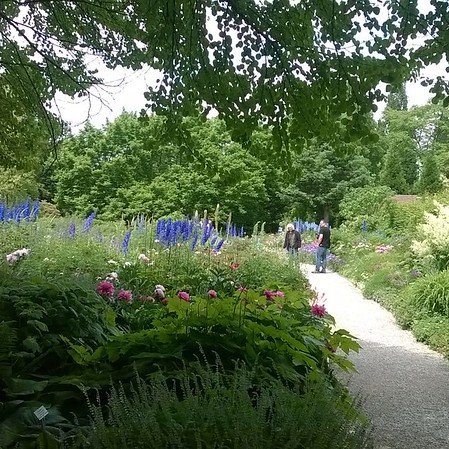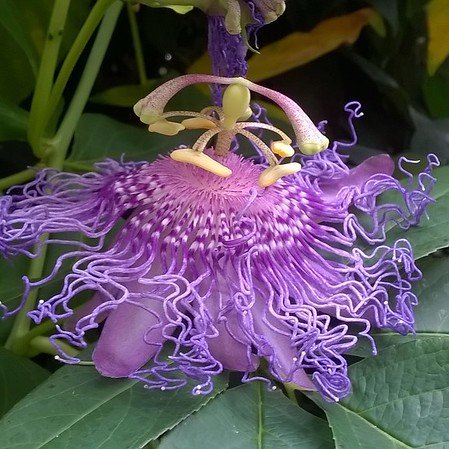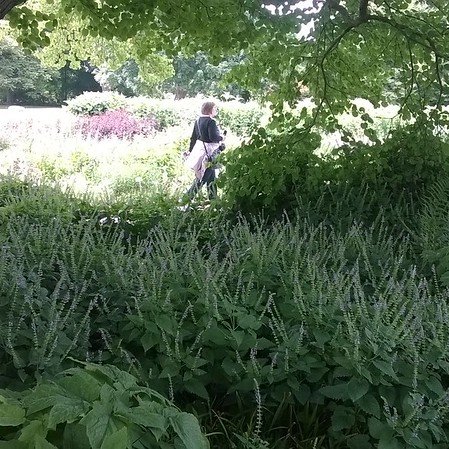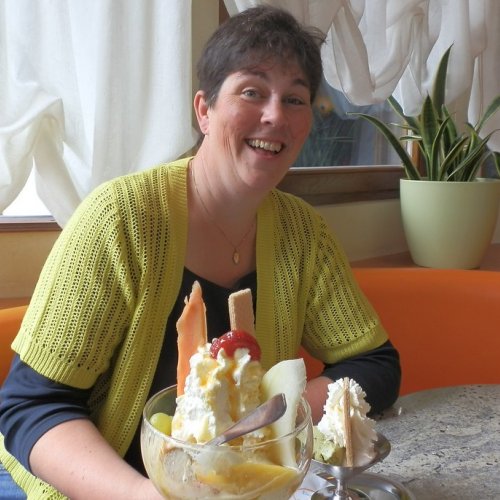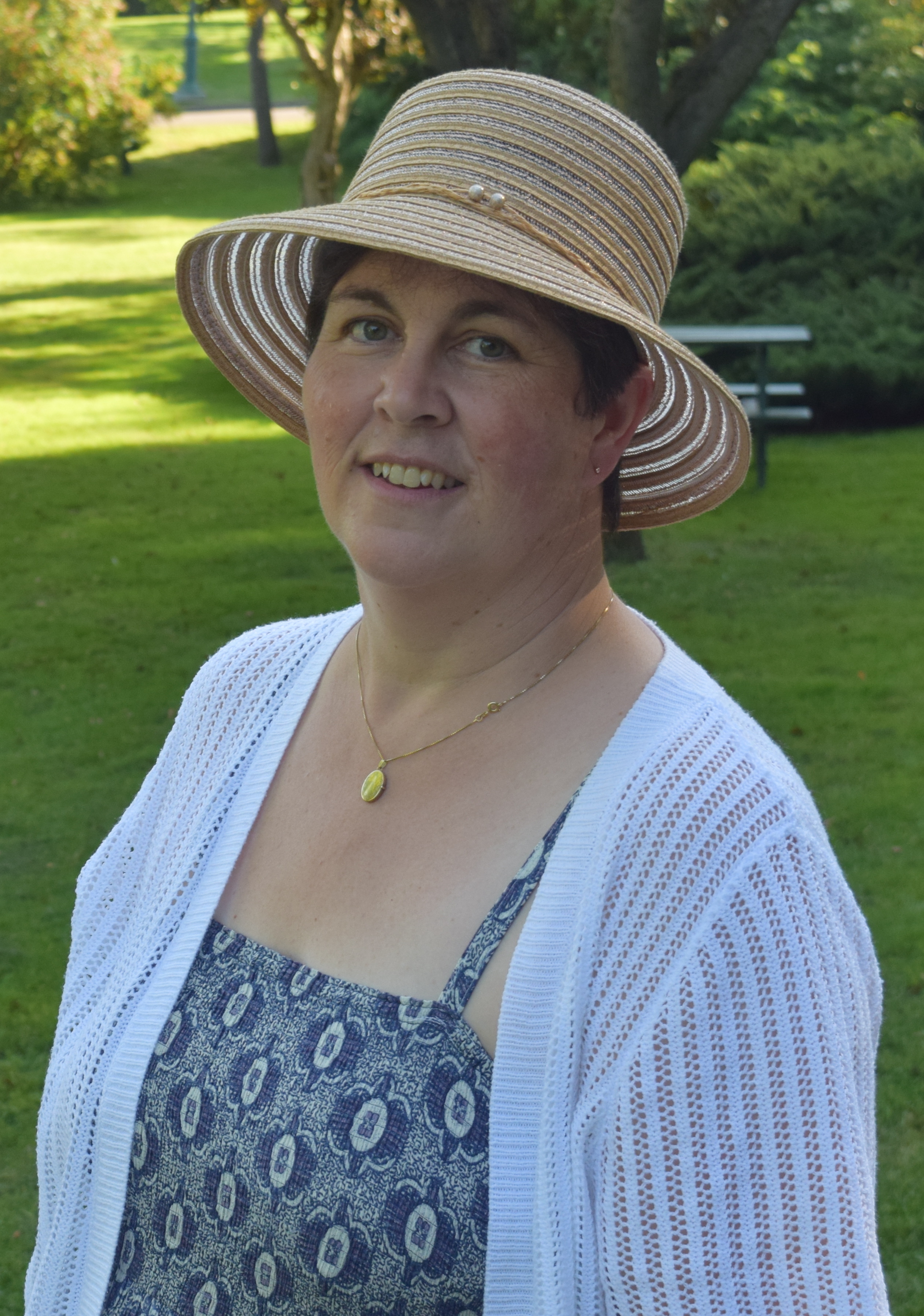June 2015 was hot, exhaustingly searingly hot, despite the dappled shade cast by the ancient linden trees of the Herrenhäuser Allee, their marching ranks leading us inexorably along the two-kilometre approach to the Herrenhausen Palace. My husband and I were in Hannover as part of a weekend break, revisiting the joys and demons of my brief sojourn as a teenager with the British Army of the Rhine. Although I didn’t realise it, I was already on the path to fibromyalgia, exhausted by years of caring too much for others, too little for myself, and soldiering on regardless. Every step under these glorious trees was an agony of sciatica, brought on by an over-ambitious hike in the ridges of Nordrhein-Westphalen the day before. Nevertheless, I was determined to see the famous Herrenhausen Gardens and had fixed my hopes on there being one of Hannover’s sinfully indulgent ice-cream parlours somewhere ahead ‘unter den linden.’
I was disappointed, first by the lack of enormous ice-creams and then by my escalating pain and distress as I stepped from the shade of the limes into a harsh world of heat, light and rigid geometry. I love visiting gardens, but this was not so much a garden as a demonstration of man’s control over nature, an intricate mathematical pattern imposed on the flattened earth, designed to be seen from above through a palace window, not enjoyed at eye level. It was the garden of a dynasty poised to make the leap from the Electorate of Hannover to the British throne, keen to prove its wealth and power. I pitied the parched plants, enclosed within their clipped hedge prisons, overlooked by statues of women clutching at their ineffective draperies and apparently wilting in the heat with me. After all the anticipation I just wanted to leave, tearful with pain and disappointment.
Thankfully, my husband is the sort of person who likes to do plenty of research and planning before an expedition and he took the situation in hand, leading me back to a street café for refreshment and recovery, producing a leaflet about another garden within the Herrenhausen complex: the Berggarten. I couldn’t imagine the thought of walking around another garden but saw on this scrap of paper a very different world of plants and water, maybe there would be somewhere to sit in the shade and ease my pain before facing the long walk back to the hotel.
What followed was the most extraordinary demonstration of the power of nature to ease pain that I have ever experienced. Meandering beneath the boughs of ancient trees, past beds of whispering reeds, around lakes dotted with water lilies and crossed by rickety Monet bridges, I completely forgot my sciatica. Spires of foxglove, delphinium and salvia, nodding blooms of peony, reached out to me from beds spilling across the path, inviting me onwards. Here was a real garden, a place of grace and beauty, first created for vegetables and then transformed into a botanical garden, a home for botanists and plant lovers, in which to collect and study the natural world. My mind soared in response, drawn into the beauty of the place, releasing my rigid muscles and their pain.
People who have never experienced chronic pain are apt to become bored with its intransigence and to tell the sufferer that it is all in the mind. Of course pain is all in the mind, as is every sensory experience, including the agony of a stubbed toe, rotten tooth or gall stone. The key to addressing chronic pain lies in understanding how the mind and body normally connect to interpret the stimuli we experience and how this delicate interaction becomes disrupted. The intense pains with no obvious physical cause, and their tendency to wander from one part of the body to another, make perfect sense once you understand that the little homunculus in your brain, who maps the incoming signals to your body needs reprogramming.
Walking into the Berggarten didn’t magically cure my chronic pain, that took a lot of regular work and exercise much later on (to find out more about this, have a look at the books on chronic pain in my Resources page). The magic of the garden lay in its ability to convince my brain that I was in a safe space where I could let go of my tension. Once calmed, the sheer beauty of the place blocked the part of my brain that was screaming in agony by presenting it with a world of other much more positive stimuli. Having regular access to a beautiful calming place outdoors is not a magical cure for pain but it is one of the most important elements in recovery.
Where can you lose your pain in a beautiful space? Your Garden? A balcony full of your favourite plants? A local park or beauty spot? If you are stuck inside due to lockdown or for any other reason, try a virtual trip to nature via a webcam by an open window. Look on my Resources pages for online ideas.
